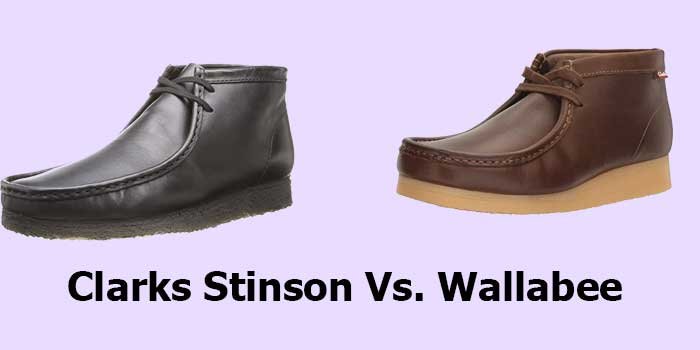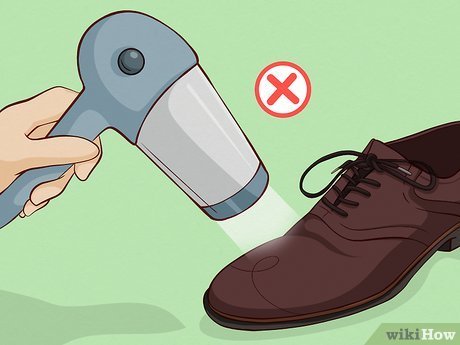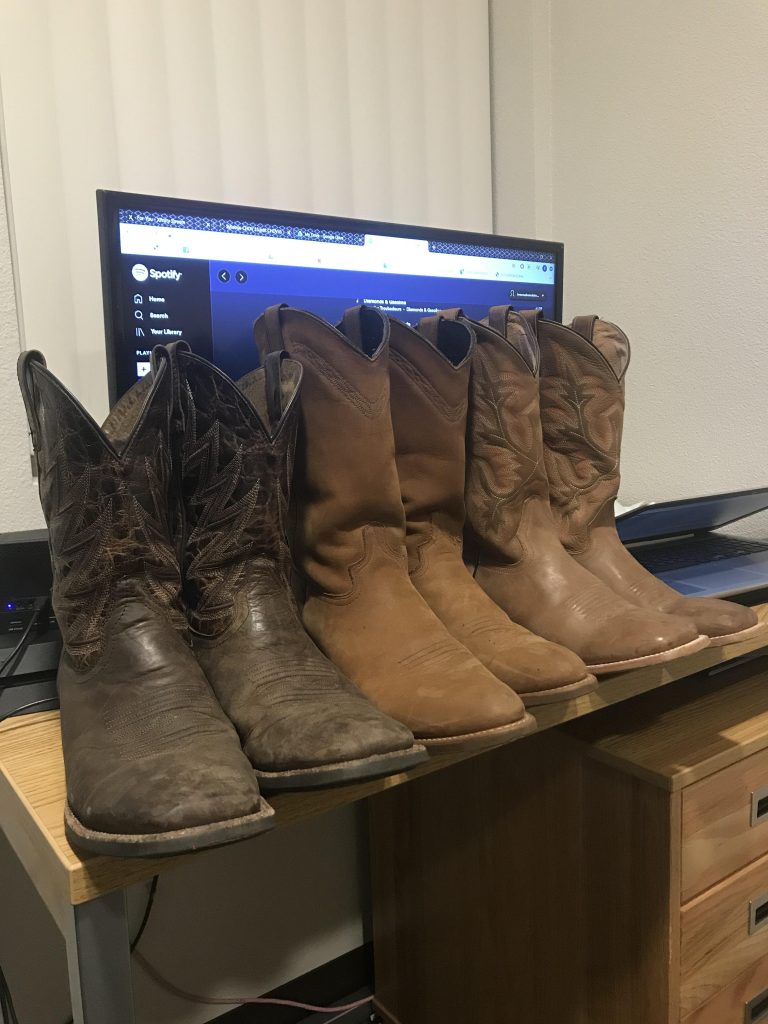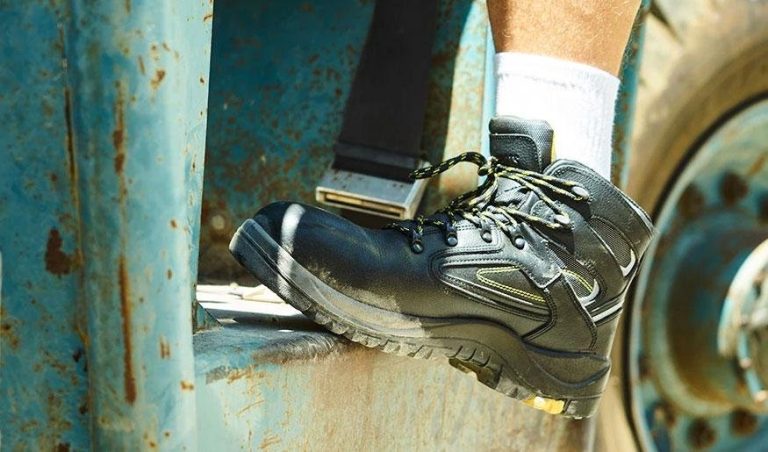Curious minds often wonder why do boots have heels? Well, the answer lies in the fascinating history and practicality of footwear design. Heels on boots serve multiple purposes, combining fashion with functionality. They provide a stylish elevation, adding a touch of confidence and allure to your stride. But heels also serve a practical purpose – they improve stability and balance, especially on uneven surfaces. So, let’s delve into the intriguing world of boot heels and explore their significance throughout the ages.
Why Do Boots Have Heels?
Boots are a popular footwear choice that come in many styles and designs. One common feature of boots that sets them apart from other types of shoes is the presence of heels. But have you ever wondered why boots have heels and what purpose they serve? In this article, we will delve into the fascinating history and practical reasons behind the inclusion of heels in boots. So, let’s lace up our boots and explore the world of heels!
The History of Heeled Boots
Heeled boots have a long and storied history that dates back centuries. While the exact origin of heeled boots is debated, it is believed that they were first introduced in the Middle East during the 9th or 10th century. Initially, heels were primarily worn by horse riders and warriors as they provided stability and helped keep their feet secure in stirrups during battles and rides.
As time passed, heeled boots became a symbol of prestige and social status. In the 16th and 17th centuries, heels were popularized by European royalty, particularly in France. Men and women of noble birth would wear heeled boots as a sign of their wealth and power. The height of the heel often indicated the social standing of the wearer, with higher heels reserved for the upper echelons of society.
The Practicality of Heeled Boots
While heeled boots initially served functional purposes for horse riders and warriors, modern-day boots with heels offer a range of practical advantages and benefits. Let’s take a closer look at some of these:
1. Enhanced Stability and Balance
One of the main reasons boots have heels is to provide increased stability and balance to the wearer. The elevated heel creates a natural arch in the foot, allowing for better weight distribution and reducing the strain on the ankles and lower legs. This can be especially beneficial when walking on uneven or slippery surfaces.
2. Added Height and Long-Leg Effect
Heeled boots are well-known for their ability to add height to the wearer. The extra inches provided by the heel can give the illusion of longer legs, making them a popular choice for those who desire a taller appearance. Additionally, boots with heels can help improve posture by aligning the spine and encouraging an upright stance.
3. Fashion and Style Statement
Boots with heels have become a fashion staple in today’s world. From sleek and sophisticated high-heeled boots to rugged and edgy platform boots, there is a wide range of styles to choose from. The inclusion of heels in boots adds an element of elegance, versatility, and sophistication, making them a popular choice for various occasions and outfits.
4. Improved Leg Muscles and Calves
Wearing boots with heels can provide a workout for the leg muscles, particularly the calves. The elevated heel engages the calf muscles, leading to improved muscle tone and definition. Walking in heeled boots can help strengthen the calves and contribute to overall leg fitness.
Choosing the Right Heel Height
When it comes to selecting heeled boots, it is important to consider the heel height that best suits your needs and comfort level. Here are a few factors to keep in mind:
1. Comfort and Wearability
Choose a heel height that you can comfortably walk in for extended periods. If you’re new to wearing heels, opt for a lower heel height and gradually work your way up to higher heels as you become more accustomed to them.
2. Occasion and Lifestyle
Consider the purpose and setting in which you will be wearing the boots. For casual everyday wear, lower or block heels may be more practical. However, for special events or dressier occasions, higher heels can add a touch of glamour and sophistication.
3. Personal Style and Preference
Ultimately, choose a heel height that aligns with your personal style and preference. Whether you prefer a subtle lift or a sky-high statement, there is a variety of heel heights to suit every taste.
The inclusion of heels in boots serves both practical and aesthetic purposes. These elevated footwear staples offer enhanced stability, added height, and a touch of elegance. From their historical origins to their modern-day popularity, heeled boots continue to be a beloved choice for both fashion-forward individuals and those seeking improved functionality. So, the next time you slip into a pair of boots with heels, appreciate their rich history and the benefits they bring to your overall style and comfort!
Why do Logger Boots Have High Heels?
Frequently Asked Questions
Why do boots have heels?
Boots have heels for several reasons:
What is the purpose of heels on boots?
The primary purpose of heels on boots is to provide stability and balance. The elevated heel can help distribute body weight more evenly across the foot, reducing strain on the ankles and preventing excessive pressure on specific areas of the foot.
Do heels on boots serve any functional purpose?
Yes, heels on boots serve functional purposes beyond just aesthetics. They can help improve posture by tilting the body slightly forward, which can be beneficial for those who stand or walk for extended periods. Additionally, heels can offer added traction on slippery surfaces.
Why do some boots have higher heels than others?
The height of heels on boots can vary depending on fashion trends, intended use, and practicality. Some boots, such as stiletto heels, are designed to create a more stylish and dramatic look, while others, like hiking boots, may feature lower and chunkier heels for stability and support in rugged terrain.
Can wearing boots with heels be harmful to the feet?
Wearing boots with heels for extended periods, especially those with very high heels, can potentially cause discomfort, pain, and foot problems such as bunions or calluses. It’s important to choose boots with appropriate heel height and adequate cushioning to ensure comfort and minimize the risk of foot-related issues.
Are heels on boots strictly a fashion statement?
While heels on boots certainly contribute to the overall fashion appeal, they are not solely a fashion statement. As mentioned earlier, heels provide practical benefits such as stability, balance, improved posture, and traction. So, they serve both functional and aesthetic purposes.
Final Thoughts
Boots have heels for various practical and aesthetic reasons. Firstly, the heel provides stability and balance, especially on uneven terrain. It helps to distribute the weight of the wearer more evenly, preventing strain and reducing the risk of ankle injuries. Additionally, the lift from the heel can make the legs appear longer and more slender, adding to the overall attractiveness of the boots. Furthermore, heels can also enhance posture and improve the wearer’s stride. Overall, the presence of heels in boots serves both functional and fashion-related purposes, making them a popular choice for many individuals seeking comfort and style.






